Leaving aside the striking Catalan Bay at the foot of the eastern cliffs of the Rock (which deserves its own detailed and separate description), in Gibraltar the presence of Catalans – since the allied occupation of 1704 – and of Menorcans – from the middle of the 18th century – has left traces which are more or less obvious in the placenames of this small British territory.
Right at the main entrance of the old city coming over the isthmus, before accessing the long tunnel that leads to Casemates Square, on the left-hand side of the wooden footbridge we can see a slightly elevated defence wall bearing the inscription ‘Hesse’s Demi Bastion’. It is probably the only visible reference in all of Gibraltar, in fact, to George of Hesse-Darmstadt, commander of the Anglo-Dutch squadron that on 4 August 1704 captured the city on behalf of Charles of Austria. Despite the unquestionable importance of Prince Jordi (as he was known to Catalans during and after his time as Viceroy of Catalonia) in the occupation and defence of the fortress between 1704 and 1705, as clearly emerges from the diary of his secretary, Francesc de Casamitjana, he is not greatly commemorated in public spaces in Gibraltar.
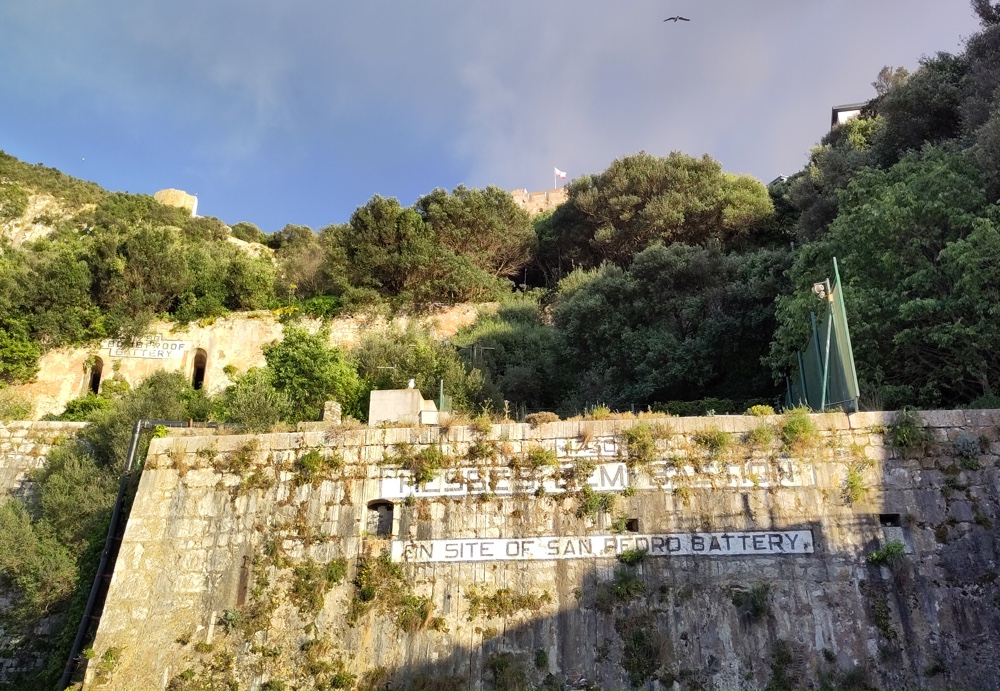
A little above Hesse’s Demi Bastion, high up on the Rock, there are a couple or three defensive positions documented on maps from the 18th, 19th and early 20th Centuries that refer directly to the battery and company of Catalan soldiers and volunteers on the Austrian side who accompanied Prince Jordi and his brother Henry in the expedition from Barcelona to Gibraltar in 1704, alongside the bulk of allied English and Dutch troops: the Upper Catalan Battery, the Lower Catalan Battery and the Catalan Position Finding Station. It was precisely in these elevated positions that Casamitjana, according to his very detailed and accurate account of the first siege, placed companies of Catalans who between the summer of 1704 and the summer of 1705 were very effective – and ultimately decisive – in preventing the advance of the allied French and Spanish troops who were looking to reconquer Gibraltar from the north.
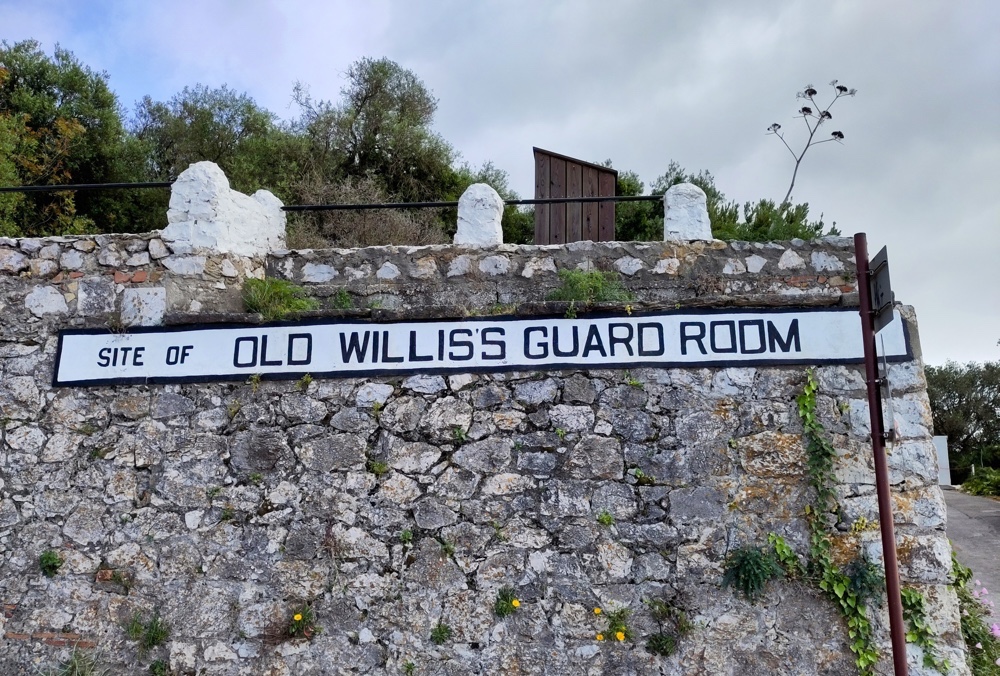
Inside the City Walls
And now, entering the interior of the old city, we can also discover some local references in the urban fabric. If we leave the large square of Casemates by Main Street (La Calle Real) in a southerly direction, just four hundred metres away we find the sign for a thoroughfare currently called Horse Barrack Lane. But, according to the booklet The Streets of Gibraltar published in 1884 by Reverend R. Stewart Patterson, this English name had replaced an earlier one in Spanish (as happened throughout Gibraltar): ‘Patio del Catalan(o)’. No information has survived about this person of possible Catalan origin who lived or worked in this L-shaped alley but, at some point, he left his mark on the city.
Following the dual list of street names that appear in the aforementioned work by Patterson, we can find more interesting data. Like for example ‘la Huerta Riera’, the name given to some orchards where the majestic Garrison Library has been standing since the beginning of the 19th Century on what is now Governor’s Parade. It refers to the Riera family, of Catalan origin: specifically, Miquel Riera was born in Sabadell in 1694 and at some time (perhaps around the 1720s) he settled in Gibraltar, where he married the Menorcan woman Tecla Portes and had a family. Both the father and one of his sons, Patrici (born 1731 in Gibraltar) had gardens around the town and a greengrocer’s store in Whirligig Lane (now City Mill Lane) and were prominent in the Gibraltarian micro-society of the mid-18th Century.
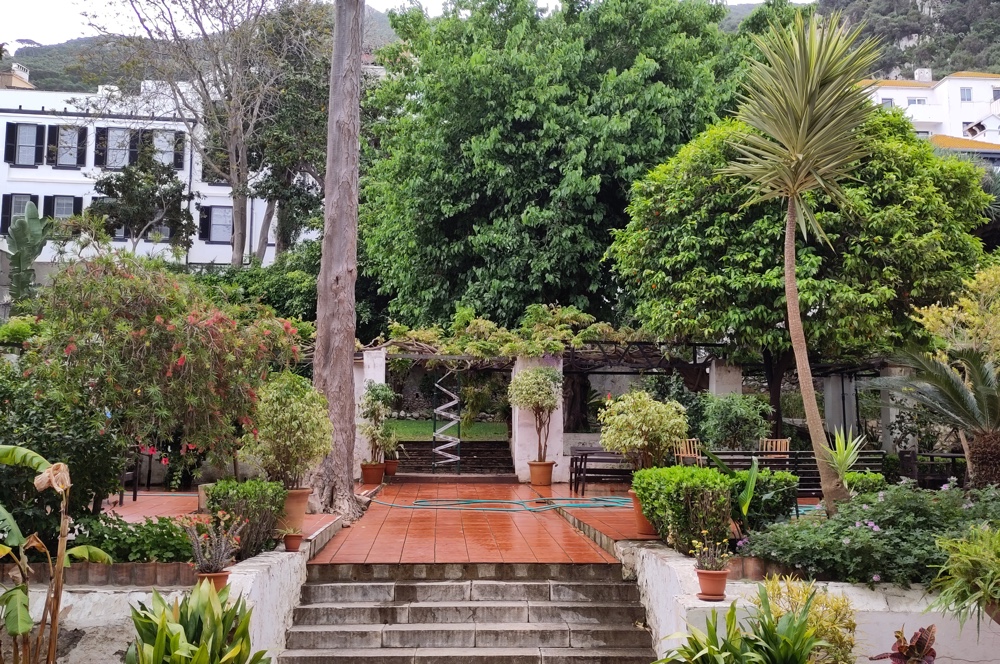
No longer coming from the small Catalan contingent but from the large Menorcan community that was established on the Rock well into the 18th Century, we find a few street names on Reverend Patterson’s list that have resonances with island families. For example, the Escalera de Cardona (now Paradise Ramp), Callejón de Seguí (now Lime Kiln Gully) and Patio Carreras (now Carrera’s Passage).
The local historian Manolo Galliano, an expert on the place names of Gibraltar, in the reference book A Rocky Labyrinth (2022) has the following to say about the Escalera de Cardona: “This is situated between Castle Road and Willis’s Road and its name, sometimes recorded as Paradise Row, first appeared in the 1814 Register of Inhabitants. The reference to Escalera de Cardona [Cardona Steps] stems from the fact that the Cardona family, whose members had arrived originally in Gibraltar from Port Mahon in Minorca, had been residing in that area for most of the 19th century, with the first of the line being Antonio Cardona, a labourer working in the Scavenging Department in 1814.”
About the Callejón de Seguí, the same author also removes any doubts when he states clearly: “At one time, these steps were known as Lime Kiln Gully Steps with the name changed to Lime Kiln Steps on 12th May 1914 by a Notice issued under the Public Health Ordnance 1907. The Seguis referred to in the Spanish name of the lane had originally arrived from Port Mahon, Minorca in 1832. The 1878 Register of Inhabitants recorded various members of that family, including John and Vincent Segui, who both gave their occupations as clerks and were then residing in House No 20 of Lime Kiln Gulley.”
On the other hand, as for Carrera’s Passage, Galliano’s mention of it in his book does not make clear the family origin behind the name. However, the provenance of Tudury’s Steps, a thoroughfare also in the Upper Town whose name was carried by an extensive family from Menorca, is very clear. Among its members was the architect Temistio Tudury (1838-1914), author of the design of the neighbouring church of the Sacred Heart of Jesus. And another descendant of the Gibraltarian Tudurys, anecdotally, ended up being the second Marquis of Urrea (in Aragon) and elected senator for the province of Teruel.
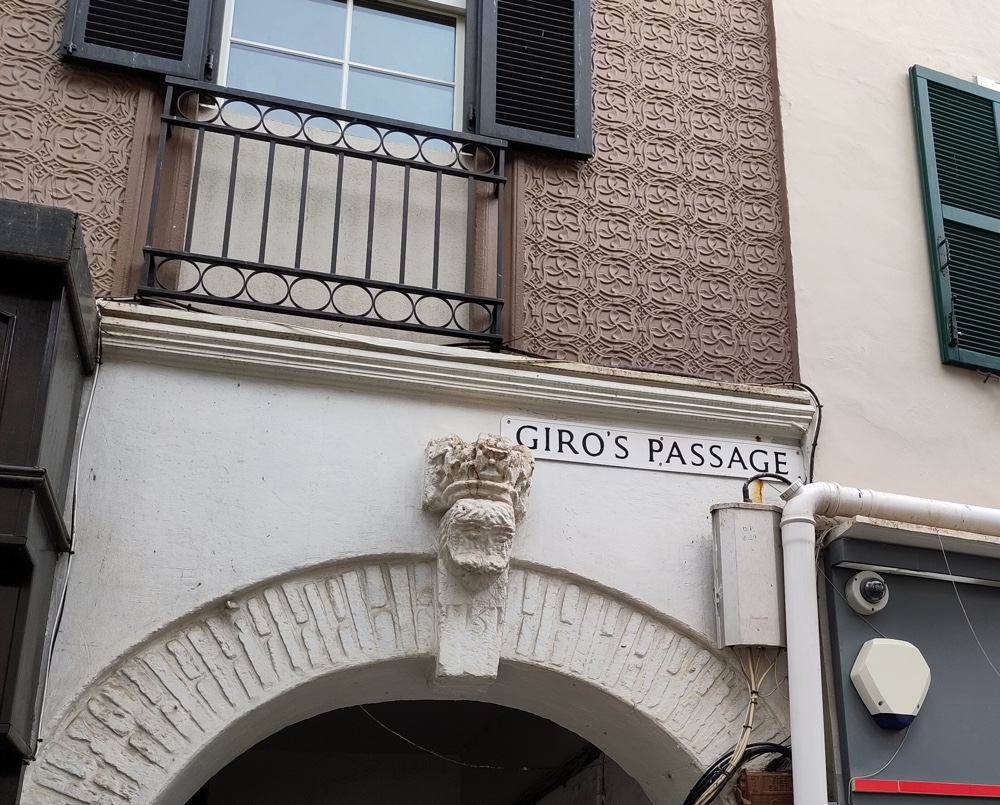
Down Main Street, right in front of the façade of the Catholic Cathedral of Saint Mary the Crowned, there is a small passage with a name that can also attract attention: Giro’s Passage. Although at the outset it is fair to assume that it is one of the many surnames arriving as a result of the massive influx of Genoese to Gibraltar practically since the occupation of 1704, by researching in local and Menorcan archives it is clear that it belongs to a merchant from Menorca, Joan Giró i Bonnín, born in Ciutadella in 1763, son of a former soldier from the French Languedoc region and a local girl.
Without leaving Main Street, a little further south, just behind the Anglican Cathedral of the Holy Trinity, another street with a curious name flows into it: George’s Lane (or Calle del Vicario, in Patterson’s list). Manolo Galliano, in his book, mentions the English form – recorded as early as 1749 – which historians such as Tito Benady link to a possible tavern of that name located in the area. Another hypothesis, he adds, is that it derives from Prince George of Hesse-Darmstadt, “having resided in the nearby Spanish Governor’s headquarters, now the site of the Garrison Library and gardens”. Galliano also provides some information on the old name of the street, Calle Vicario (el Viejo): “… is derived from the fact that the Roman Catholic Vicar of Gibraltar originally had his official residence in this lane; however, his home was destroyed during the Great Siege (1779-83) and the Vicar had no recourse but to change his residence to the clergy house in Cannon Lane.” Calculating from the reference to the date of the Great Siege which took place in the last quarter of the 18th Century, the vicar who must have given the street its name was most likely the Menorcan Francesc Messa i Pons (1728-1792), who arrived on the Rock from the Raval of Sant Felip Castle – the settlement that had grown up in the shadow of the walls of St Philip, the fortress covering the port of Mahon – in 1773 and that for almost two decades he was at the head of the church in Gibraltar.
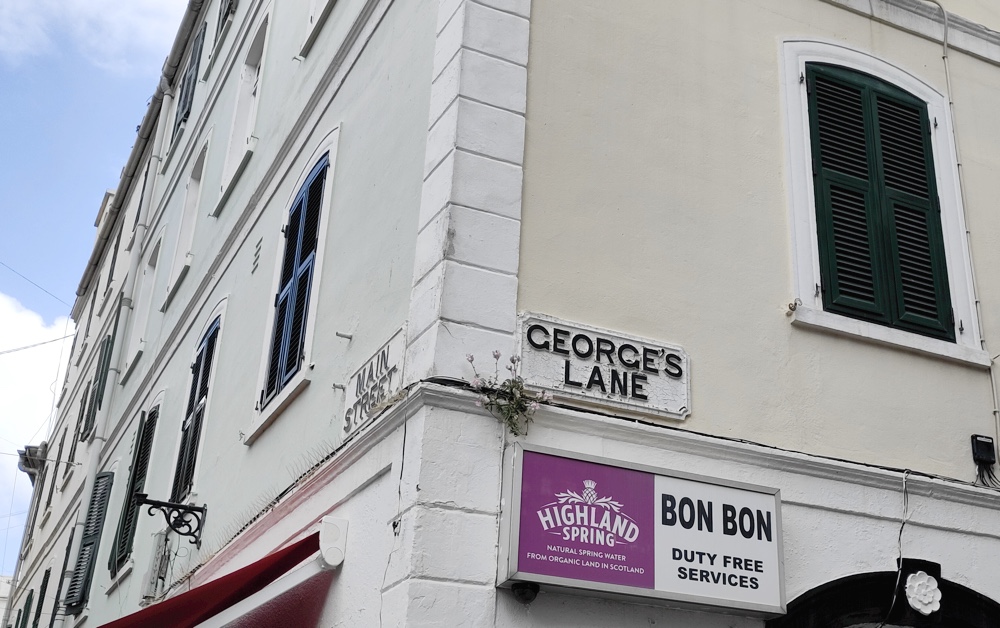
We can finish the tour at the very end of Main Street, just behind The Convent (the residence of the British Governor). At 3 Secretary’s Lane, the civil registry building of Gibraltar was given the name not many years ago of Joshua Hassan House, in memory of the political and social leader Sir Joshua Hassan (1915-1997), with part Menorcan roots. The tribute to this true local political animal and driving force behind the first self-determination referendum in 1967 has recently been completed with the construction of a high-rise complex, officially called the Hassan Centenary Terraces, on the east side of the Rock, where Catalan Bay Road begins.
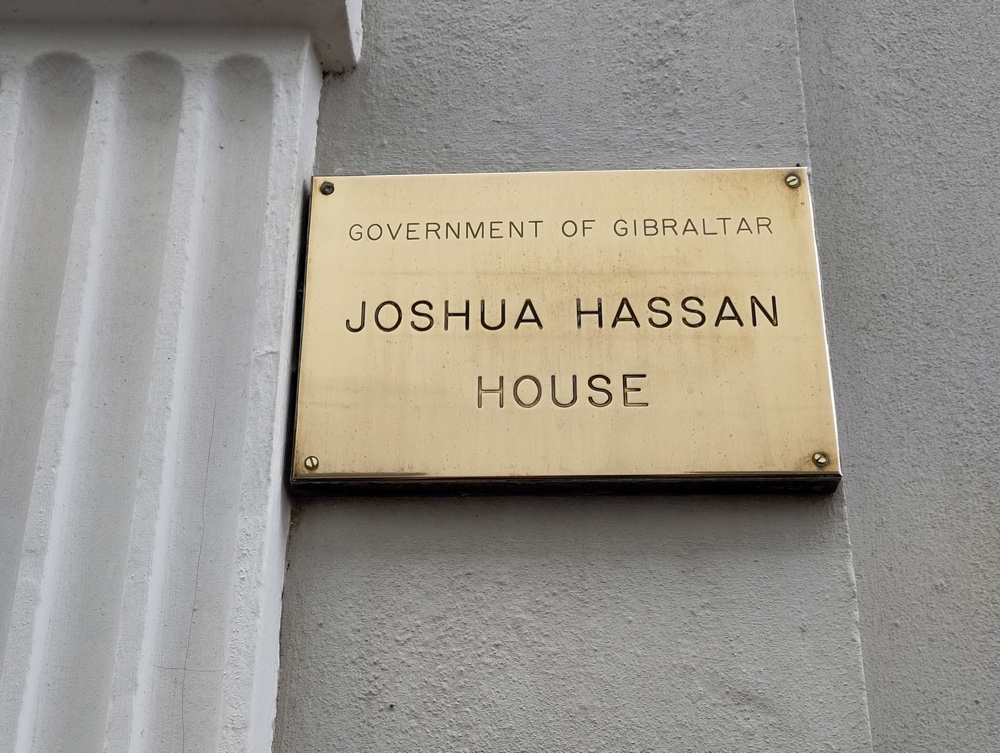
Someone else who also had Menorcan roots was Gibraltar’s best-known painter, Gustavo Bacarisas Podestá (1873-1971). Although he lived and developed his work mainly in Seville, in his birthplace he is remembered widely and in many ways: before entering the old city, one of the iconic blocks of flats in Glacis Estate is named after him, Bacarisas House. Nearby, in Casemates Square, since 2011 there is the Gustavo Bacarisas Exhibition Gallery of Art, although his works in Gibraltar are in another space, the Mario Finlayson National Art Gallery, on the ground floor of the building of Gibraltar City Hall, also converted from 2023 into a wedding venue.
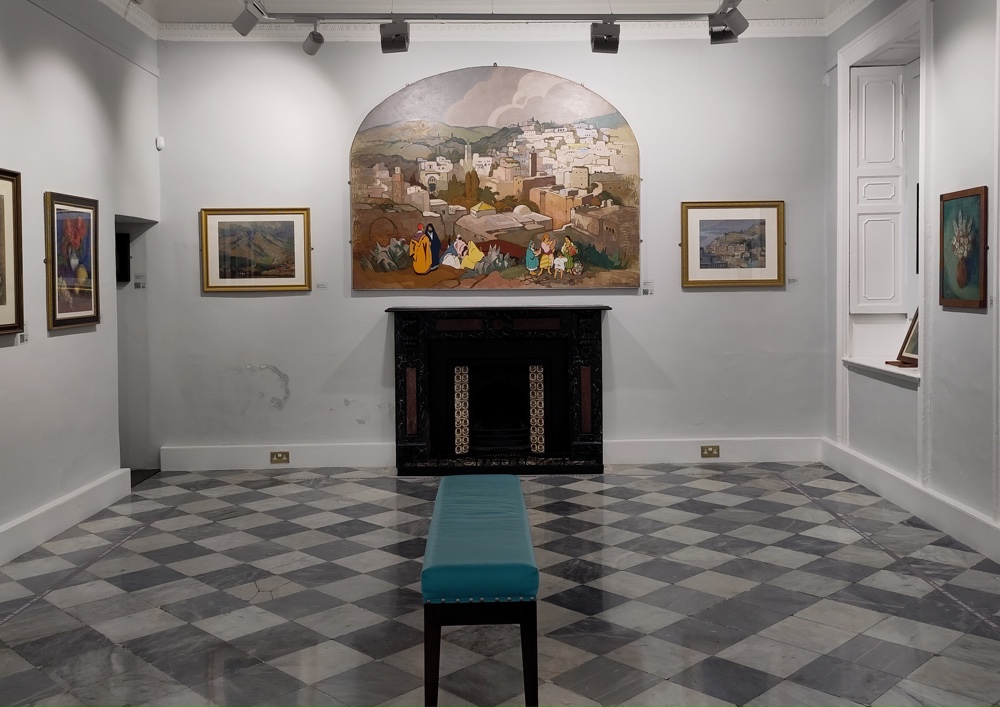
It must be said that, thanks to the Street Art Mural Walk initiative, you will find fragments of Bacarisas’ work scattered around a few walls in the city in the form of graffiti that reproduce his characters.
Translated by Brian Porro
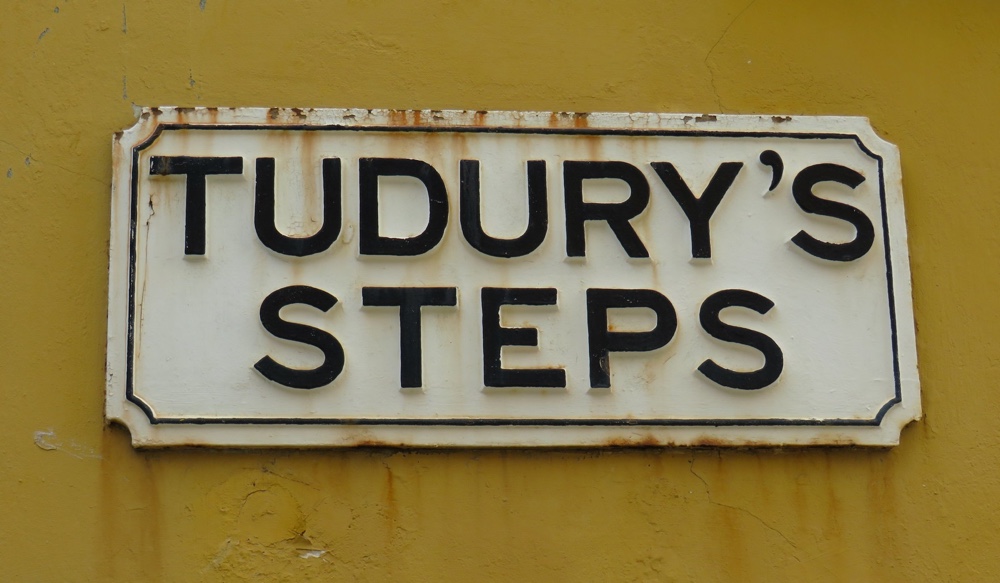
Comments are closed